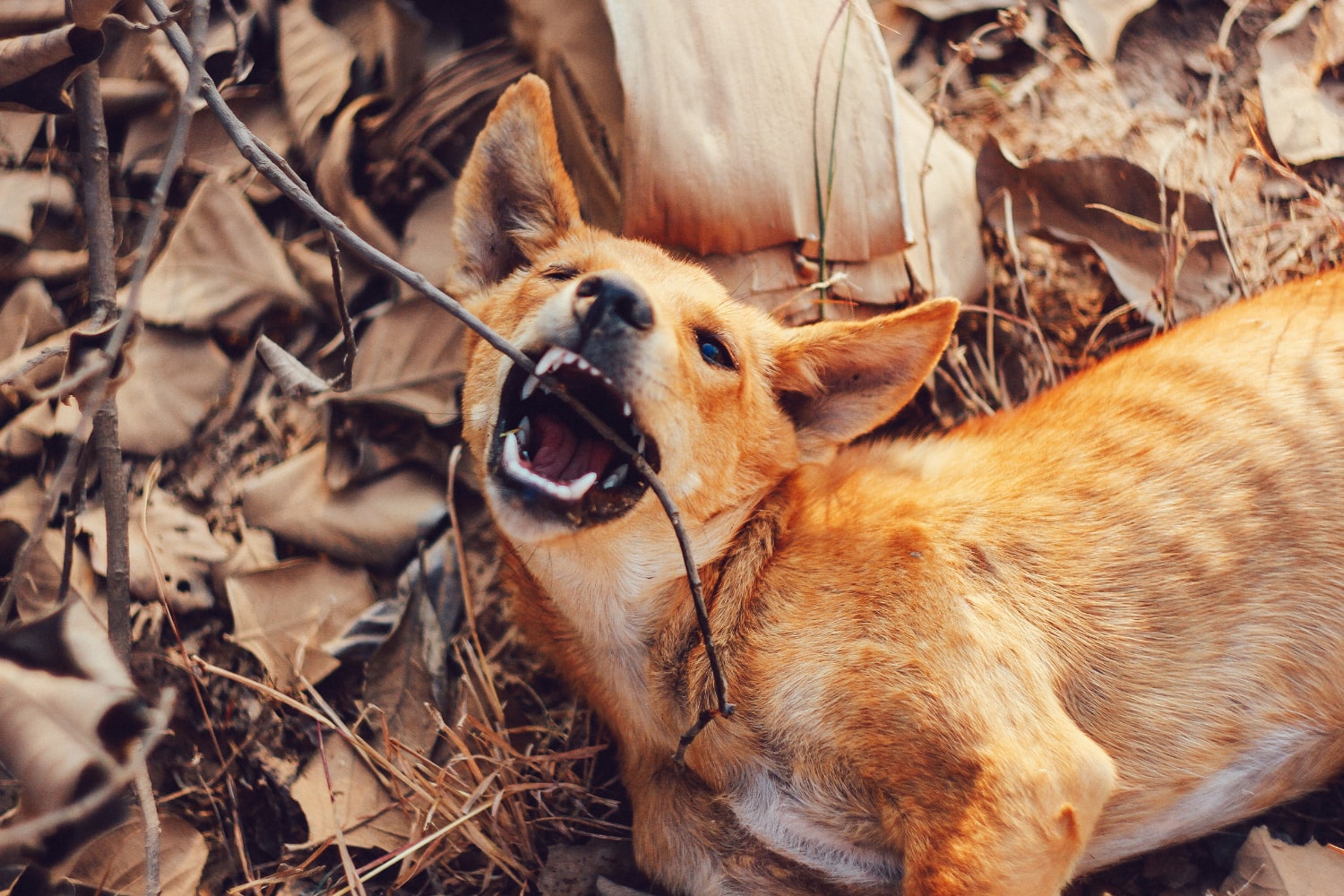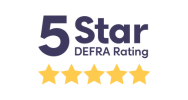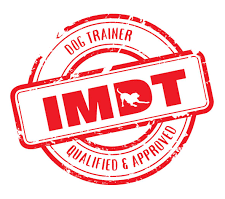Does your dog bark or growl at other dogs or people? Or maybe he lunges on the lead at the offending dog or person, with a fully blown threatening display?
WHY IS MY DOG AGGRESSIVE
To strangers and other dogs
There may be several reasons for this behaviour. A very common cause is fear, the dog feeling unsafe and the aggressive display is their survival tactic. When we are scared of something and we feel threatened, we may react automatically with a flight, fight or freeze response. Some dogs tend to deal with scary triggers by confronting them, i.e. the fight response.
Others may opt to move away, i.e. the flight, but when they are trapped on a lead or in a confined space, this is not an option. The next best thing then is to face the scary thing and either fight it or try to make it go away with a threatening display.
Threatening behaviour’s and accompanying symptoms that dogs display is, posturing to look strong and tall, tensing up, raised hackles, hard stare in the eyes, snarling, lip-curling, growling, barking, screaming, making advances towards the scary thing such as lunging or running at it to chase it away, air snapping and biting.
When the scary thing keeps advancing, the dog may react more strongly. If this works and the scary thing moves away or the dog is dragged away by an embarrassed or horrified owner, the dog experiences a relief. This relief reinforces the behaviour, this survival strategy is indeed effective. next time the dog finds themselves in a scary situation they will repeat this behaviour because it works and other options don’t work.
Moreover, the owner is likely to start becoming tense and anxious or frustrated next time they come across the scary thing. You may tense your muscles and change the way they breathe and walk. You may pull the dog on the lead, shorten it, maybe even start talking sharply to the dog. This is all adding fuel to the fire as now you are adding even more stress to an already stressful situation.
WORKING WITH A REACTIVE DOG
There are various ways to work with fear reactivity. Ideally, you should consult a modern and science-based professional trainer and behaviourist, who can assess the situation and help you choose the best training program for you and your dog. Here is a brief overview to how we work with fear reactivity.
First, you need to look at your dog’s normal arousal level and their level of anxiety. Are they a happy-go-lucky dog who settles easily and only reacts in a specific context? Or are they a restless dog who looks on guard and stressed much of the time, being vigilant and hyper-sensitive to sounds and any unexpected change in their environment.
If it’s the former, go ahead and start working with specific triggers. If it’s the latter, you may need to lower the dog’s basal level of stress before working with triggers. This is a whole separate subject and something you will need help with, so talk to a professional behaviourist and to your vet to discuss the options.
The first you will need to do when starting to work on the triggers is to identify the triggers one by one. Triggers are those things or situations that your dog over-reacts to. Is it the postman knocking on the door? Men in big dark coats? People with shopping bags, beards or hats, Children on scooters. Dogs of any specific breed, gender, size or colour. Dogs who approach or bark at your dog. Try to understand and support your dog, he is not being naughty, he is genuinely scared and uncomfortable. Be someone your dog can trust when they scared.
Solving behaviour problems usually involves a balance of management and behaviour training. So a behaviour modification program for fear aggression should include developing management skills (to cope in everyday life situations, to avoid unnecessary stress and to get out of trouble) and also a therapy to change how the dog feels about the scary thing. Along with this, we usually practice a variety of life skills and coping behaviours such as being able to relax, focus and have good impulse control in difficult situations and boosting the dogs’ self-confidence.
Some effective training methods used to work with fear aggression include: classical or operant counter-conditioning + desensitisation, Behaviour Modification Training (BAT), Look-At-That game and “mat work†(settling and relaxing with or without a cue).
One thing they all have in common is the concept of the threshold of reactivity. This is the distance at which the dog is starting to over-react and their body language changes from alert to Threatening. Once your dog has started reacting and is already barking or lunging or all worked up, you are unlikely to achieve success in training. The dog is now practicing the undesirable behaviour. Move away and find a distance just below that threshold, where your dog can perceive the trigger and is aware of it, but doesn’t tense up and there is no defensive action.
Tips for success
Muzzle-train your dog – teach your dog to love his muzzle. When your dog is muzzled and at ease, you will feel safer and more relaxed. You will trust your dog more and the impact your stress might have on your dog’s reactivity will diminish. Also, a muzzle is often an effective way to signal to other people and dog owners that your dog may need space. You are reducing a risk of your dog causing harm or injury to others and in this way you are protecting your dog and others and demonstrating responsible ownership.
Observe how you behave in situations where your dog is likely to react. Do you tense up? Are you angry and embarrassed?
Be kind and gentle with your dog. Don’t beat yourself up. Just try your best and be prepared for a bumpy ride with ups and downs. Together you are an amazing team and you can achieve anything.
Look for professional help. A skilled and experienced behaviourist and trainer can make a difference between frustration with a sense of failure and peace of mind with clear idea what to do and what to expect.





[…] What would the consequences be for your dog if they resist handling, or participating in activities, or display aggression? […]
[…] and can actually damage your relationship with them and even contribute to an increase in aggressive behaviours and stress levels. Dogs indoor activities can be fun for the whole family as much as for your […]